Expansion in Aerospace Industry
The Fiberglass Market is poised for growth due to its expanding applications in the aerospace sector. Fiberglass Market composites are increasingly utilized in aircraft manufacturing, where their lightweight and high-strength characteristics contribute to improved fuel efficiency and performance. The aerospace industry is projected to experience a compound annual growth rate of around 4%, driven by rising air travel demand and the need for more efficient aircraft. As manufacturers seek to enhance the performance of their fleets, the adoption of fiberglass materials is likely to increase. This trend not only signifies the material's versatility but also its critical role in advancing aerospace technologies. The Fiberglass Market stands to benefit from this expansion, as companies align their production capabilities with the evolving needs of the aerospace sector.
Growing Automotive Applications
The Fiberglass Market is also benefiting from the growing applications in the automotive sector. As manufacturers seek to reduce vehicle weight and enhance fuel efficiency, fiberglass composites are increasingly being integrated into vehicle designs. This shift is driven by stringent regulations aimed at lowering emissions and improving overall vehicle performance. Recent statistics indicate that the use of fiberglass in automotive applications is expected to grow at a rate of approximately 7% annually. This trend not only highlights the versatility of fiberglass but also its potential to contribute to more sustainable automotive solutions. Consequently, the Fiberglass Market is likely to expand as automotive manufacturers continue to explore innovative ways to incorporate fiberglass into their products.
Increased Focus on Renewable Energy
The Fiberglass Market is witnessing a heightened focus on renewable energy solutions, particularly in the wind energy sector. Fiberglass Market is extensively utilized in the production of wind turbine blades due to its lightweight and high-strength properties. As the world shifts towards sustainable energy sources, the demand for wind energy is projected to grow significantly, with estimates suggesting an increase in installed capacity by over 50% in the next decade. This trend is likely to create substantial opportunities for the Fiberglass Market, as manufacturers ramp up production to meet the needs of the expanding renewable energy sector. The integration of fiberglass in energy-efficient technologies further underscores its relevance in contemporary market dynamics.
Rising Demand in Construction Sector
The Fiberglass Market is experiencing a notable surge in demand, particularly within the construction sector. This increase is largely attributed to the material's lightweight nature and superior strength, which make it an ideal choice for various applications, including roofing, insulation, and structural components. Recent data indicates that the construction industry is projected to grow at a compound annual growth rate of approximately 5.5% over the next five years. As urbanization continues to expand, the need for durable and sustainable building materials becomes increasingly critical. Fiberglass Market, with its resistance to corrosion and environmental factors, positions itself as a favorable alternative to traditional materials. Consequently, this trend is likely to bolster the Fiberglass Market, as manufacturers adapt to meet the evolving needs of the construction sector.
Innovations in Manufacturing Processes
Innovations in manufacturing processes are significantly influencing the Fiberglass Market. Advanced techniques such as automated production lines and improved resin formulations are enhancing the efficiency and quality of fiberglass products. These innovations not only reduce production costs but also enable the creation of more complex and customized fiberglass components. For instance, the introduction of 3D printing technology in fiberglass manufacturing is opening new avenues for design flexibility and rapid prototyping. As a result, companies are better equipped to respond to market demands and consumer preferences. The overall impact of these advancements is expected to drive growth in the Fiberglass Market, as manufacturers strive to maintain competitive advantages through technological enhancements.
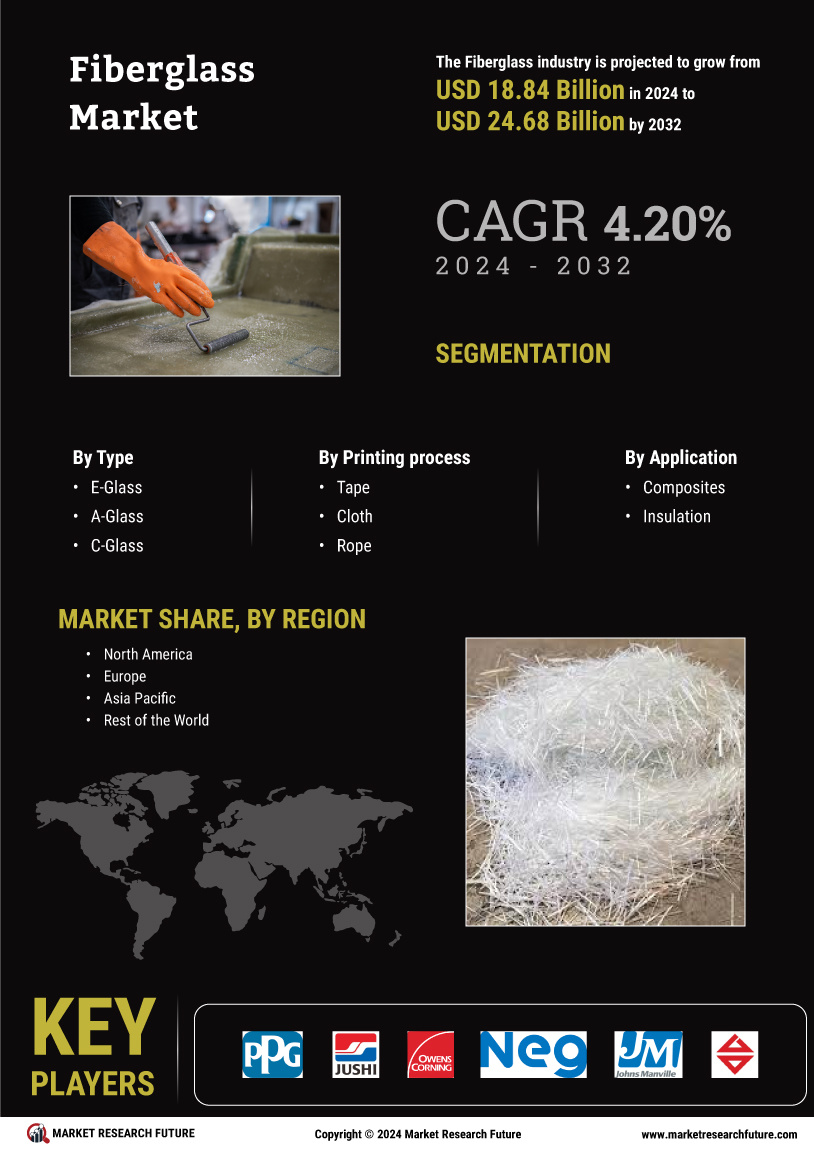

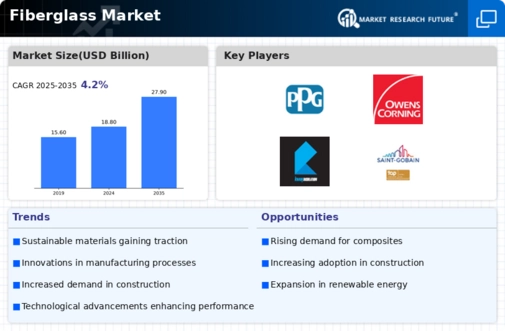
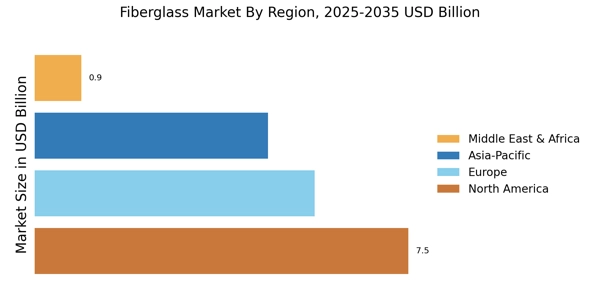
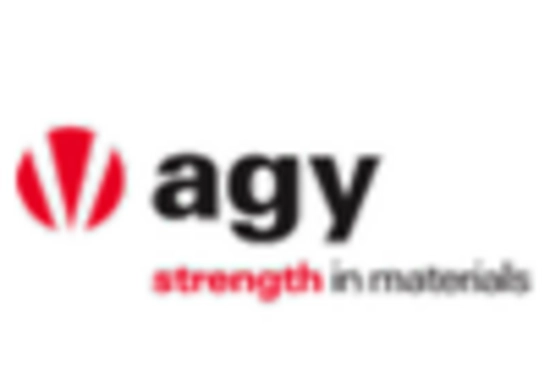
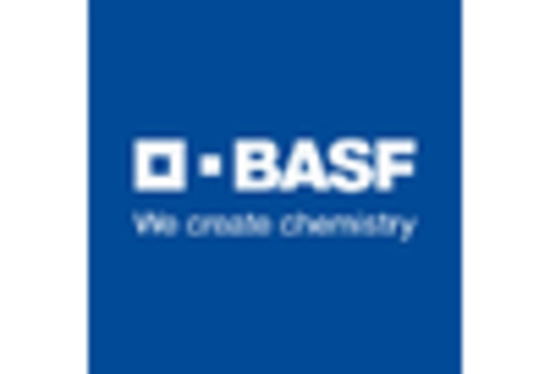
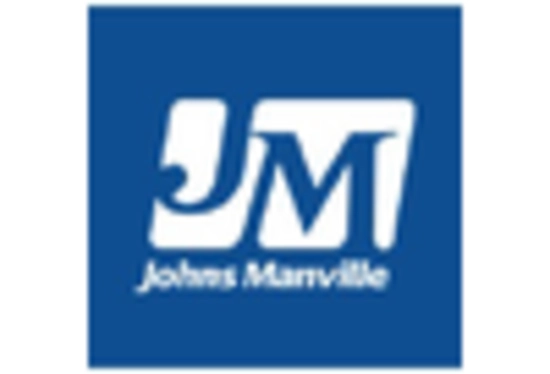
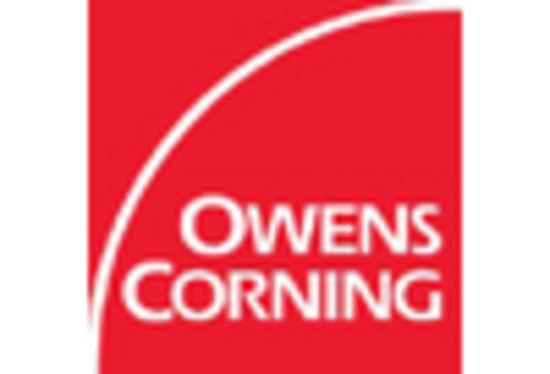
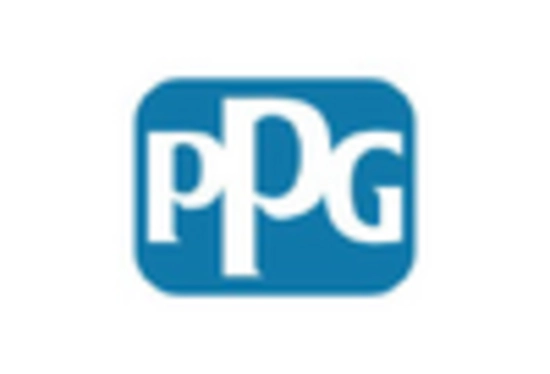
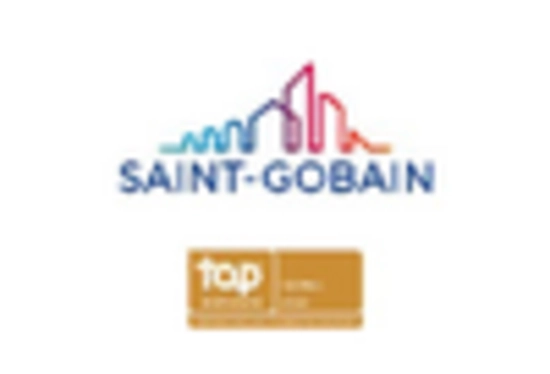








Leave a Comment